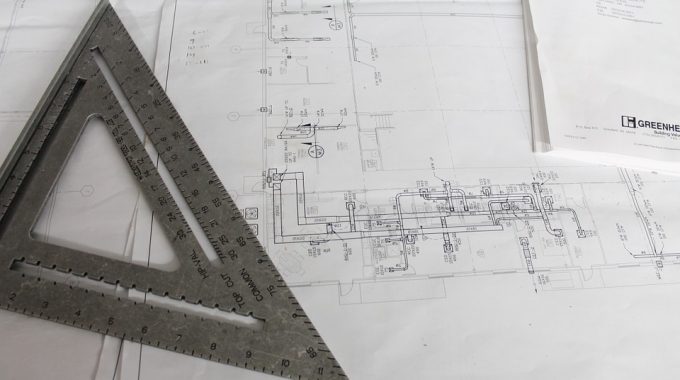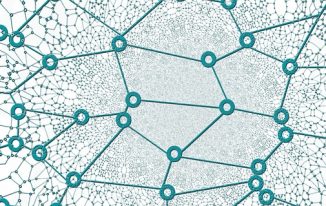Read this article to learn the (i) Meaning of Job Design, (ii) Approaches to Job Design, (iii) Objectives of Job Design, (iv) Process of Job Design, and (v) Benefits of Job Design…
Meaning of Job Design:
Job design is the study of an individual at work and of their work methods or techniques. It involves the decisions based on factors like job content, degree of specialization required and work environment in the business organization. It also helps managers to carry out job analysis and develop job specifications.
Its object is to improve productivity and job satisfaction. It also helps managers to conduct business activities like orientation, training, recruitment, and selection.
Approaches to Job Design:
The accomplishment of good job design may involve administrative practices that explain what the worker does, for how long, when, and where as well as giving the workers choice wherever possible.
Job design gives the choice to examine the different tasks of an individual job or the design of a group of jobs. It includes various approaches like:
1. Job Enlargement:
Job enlargement helps to change the jobs to include more and various type of tasks. It should combine an interest in the work but may or may not give employees more responsibility.
2. Job Enrichment:
Job enrichment helps to allow the employees to assume more accountability, responsibility, and independence when learning new works or to allow for new opportunities and greater participation.
3. Job Rotation:
Job rotation shift employees from one task to another task. It categorizes the group tasks among a number of employees.
4. Job Engineering:
Job engineering or work design allows employees to see how the work methods, structures, layout, and handling produces link together as well as the combination between persons and machines.
Objectives of Job Design:
The main objectives of job design in human resource management include various points like:
1. Work / Rest Breaks:
Rest or work breaks help to reduce the problem of inevitable repetitive movements or static-body positions. More frequent but small-time breaks are sometimes preferable top fewer long breaks.
At the time of work breaks, motivate employees to change the body structure and to exercise. It is very essential that employees use and stretch different muscle groups. If the employee has been very active a work break should involve a stationary activity.
2. Task Variety:
To reduce weariness, avoid both repetitive movements and excessive static-body positions. Designing of a job is required to have a variety of works that require changes in mental activities, body positions, and others. Two methods are job rotation and job enlargement.
For Example, If a worker normally assembles parts, the job may be enlarged to involve new tasks such as quality control, work planning, and maintenance.
3. Provide Training:
Training is a very essential part to develop the potential of any employee or worker. Through this, the workers easily understand what is expected of them and how to work potentially or safely.
It should be consistent, organized, and ongoing.
4. Allowance for an Adjustment Period:
When work demands physical effort, have an adjustment time of new workers and for all workers after layoffs, holidays, or illnesses. Allow time to become normal to the physical demands of work by gradually “getting in shape”.
Workers, who work in extra cold or hot conditions, also, need time to accommodate.
5. Vary Mental Activities:
Works should be coordinated so that they are balanced during the day for the single worker as well as balanced among a group of workers. You may want to allow the worker some degree of choice as to what kinds of mental tasks they want to do and when.
This choice will allow the worker to do works when best suited to their ‘alertness’ patterns during the day. Some individual may prefer regular tasks or works in the morning (such as checklists in forms).
Process of Job Design:
The process includes various points like:
1. Assessment of current work practices:
Is job design feasible or needed? Discuss the process with the workers and supervisors involved and be clear about the procedure, or any changes or training that will be involved.
2. Task analysis:
Analyze the job and determine exactly what the tasks are. Determine what equipment and workstation features are important for completing the works or tasks.
3. Design the job:
Examine the methods for doing the work, rest/work schedules, equipment facilities, training requirements, and workplace changes. Combine the various tasks so each one differs mental activities and body position. Be careful not to overload the job.
4. Implement the new job design gradually:
You may want to start on a small level or with a big level or project. Train workers in the new procedures and use of various equipment. Allow for an adjustment period and time to earn experience with the new job design.
5. Re-evaluate job design on a continual basis:
Make any important adjustments. You have also wanted to found a committee to represent the various groups involved. Job design should involved unions, workers, the health and safety committee and manager during the whole process.
Involvement of all parties increases communication and understanding also.
Benefits of Job Design:
Good job design structure assists or helps employees’ mental and physical features by paying attention to:
1. Give workers a sense of achievement.
2. Allows for worker input. Workers should have the option to differ activities according to work habits, personal needs, and the circumstances in the workplace.
3. Includes training facilities so the worker knows what tasks to do and how to do them properly.
4. Provides rest schedules or good work.
5. Provides feedback to the workers about their performance.
6. Allows for an adjustment period for physically demanding jobs.
7. Dynamic work.
8. Minimizes energy expenses and force requirements.
Job design is a continuous process. The goal is to make adjustments as tasks or conditions chnage within the workplace or work field.


